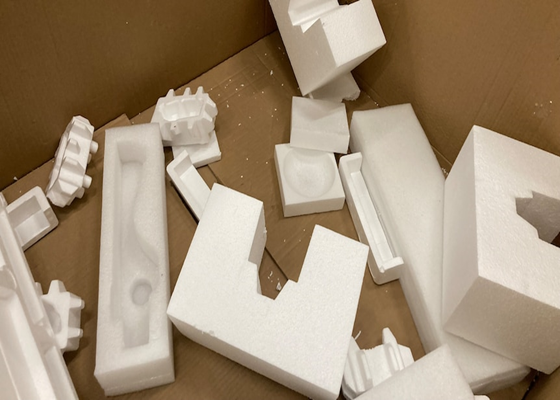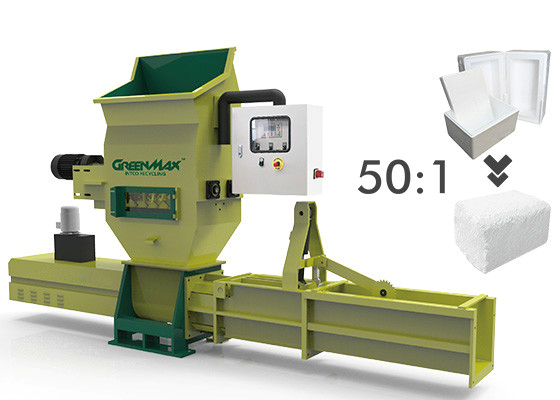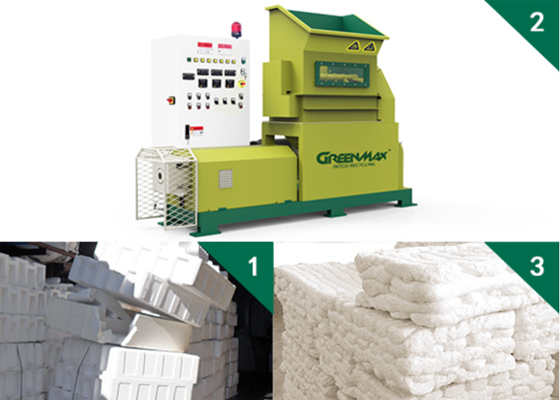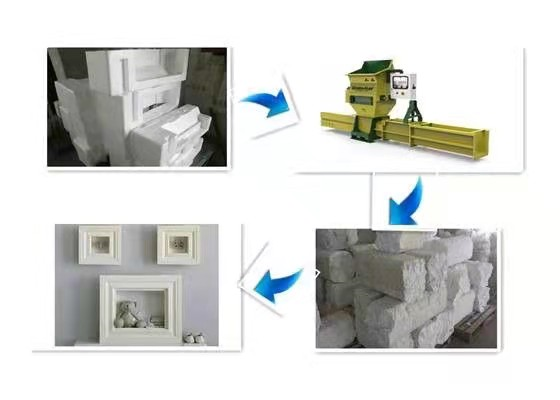EPS recycling machine is the nemesis of EPS pollution
On a two-kilometer stretch of the Yarra River east of Melbourne’s CBD a few years ago, volunteers were gathering rubbish from the banks. Among all the bits of plastic sucked up with an oversized vacuum were an estimated 5 million pieces of EPS – some in the form of tiny white balls, others in chunks at various stages of disintegration.
It can be seen that the pollution of EPS is very serious. This shocking number has forced us to take some action. Last week, the federal government announced it would bring forward a planned phase-out of EPS for products bought by consumers from 2022 to 2025. However, some EPS packaging mentioned in the policy will not be officially banned until 2025 in the case of finding suitable green materials, but the task of solving EPS pollution is imminent in the current situation. Figures provided to the Guardian by the Australian Marine Litter Initiative show that from January 2019 to December 2020, around 360,000 EPS packaging and food containers were collected in 6,400 river and coastal cleanups. In its current form, the best solution is to do EPS recycling.
When it comes to EPS recycling, GREENMAX is also well-known in Australia. Many related industries are already using GREENMAX EPS recycling machines and cooperate with us to complete EPS recycling. “The waste EPS comes from poorly managed loading docks at shopping centers … building sites are the other contributor,” the Yarra Riverkeeper Association says. The EPS packaging of shopping malls mainly comes from the two processes of packaging fragile products and installing them for customers, while the EPS waste in the construction industry mainly comes from EPS insulation boards, waterproof boards, sound insulation boards, etc. produced during the demolition process.

For EPS recycling, compressing EPS is a crucial step. GREENMAX mainly provides two models of EPS recycling machines, EPS compactors and EPS melting machines. The EPS compactor mainly uses the screw to compress the EPS waste to complete the EPS recycling. The compression ratio is 50:1. The EPS melting machine melts EPS and extrudes it into a gel with a compression ratio of 90:1.


To completely solve the problem of microplastic pollution, GREENMAX purchases compressed EPS from around the world, manufactures plastic particles in its factory, and then makes environmentally friendly photo frames. These photo frames are sold to supermarkets such as Carrefour, Walmart, IKEA, etc. GREENMAX helps achieve true EPS recycling!

